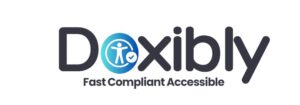Resources
Explore our growing library of accessibility articles, step-by-step guides, compliance checklists, and practical tips designed to help you create and maintain accessible digital documents.
Voluntary Product Accessibility Template
A VPAT (Voluntary Product Accessibility Template) provides a transparent assessment of how well a digital product or document meets recognized accessibility standards. Once completed, it becomes an Accessibility Conformance Report (ACR)—a key asset for organizations committed to accessibility and legal compliance.
In today’s procurement landscape, many governments, educational institutions, and enterprises require a VPAT/ACR as part of their RFP or vendor selection process. Without it, you risk losing competitive opportunities.
At Doxibly, we help you document accessibility the right way. Our VPAT/ACR services clearly outline your compliance with standards like Section 508, WCAG 2.2, PDF/UA, and ADA—positioning your organization as accessibility-ready.

What are Accessibility Standards, and Why Do We Need Them?
Accessibility standards are guidelines that ensure digital content—such as websites, PDFs, videos, and documents—is usable by everyone, including individuals with disabilities. These standards define how to structure and present content so it can be opened, read, and navigated by people with a wide range of needs.
For many users, Assistive Technologies (AT)—like screen readers, keyboard navigation tools, or magnifiers—are essential to interacting with digital content. Without proper tagging, logical reading order, or alternative text, these tools can’t deliver the intended experience. Others may rely on content in more accessible formats like large print, braille, or properly tagged PDFs.
By following accessibility standards such as WCAG, Section 508, and PDF/UA, organizations can ensure that their content is inclusive, legally compliant, and easier for all users to access—regardless of ability.
Americans with Disabilities Act (ADA)
The Americans with Disabilities Act (ADA) is a U.S. law enforced by the Department of Justice that protects individuals with disabilities. While it originally focused on access to public spaces—like buildings, parks, and transportation—it also extends to digital communications and IT systems.
Nearly all U.S.-based organizations, regardless of industry, are subject to ADA requirements. The ADA is divided into several “titles,” each covering different types of organizations and sectors, making digital accessibility a universal legal obligation.
If your organization operates outside the U.S., you must comply with your local laws. Many countries have accessibility standards inspired by the ADA and offer their own legal frameworks.


W3C
The World Wide Web Consortium (W3C) is the international authority that defines web standards like HTML and CSS. One of its most vital contributions is the Web Content Accessibility Guidelines (WCAG)—a global standard for accessible web and digital content.
WCAG
WCAG is structured around four key principles:
Perceivable, Operable, Understandable, and Robust (POUR).
There are three conformance levels:
Level A – Basic accessibility
Level AA – Industry standard; most organizations aim for this
Level AAA – Highest and most difficult to achieve
Following WCAG ensures your content can be accessed and understood by users of all abilities.
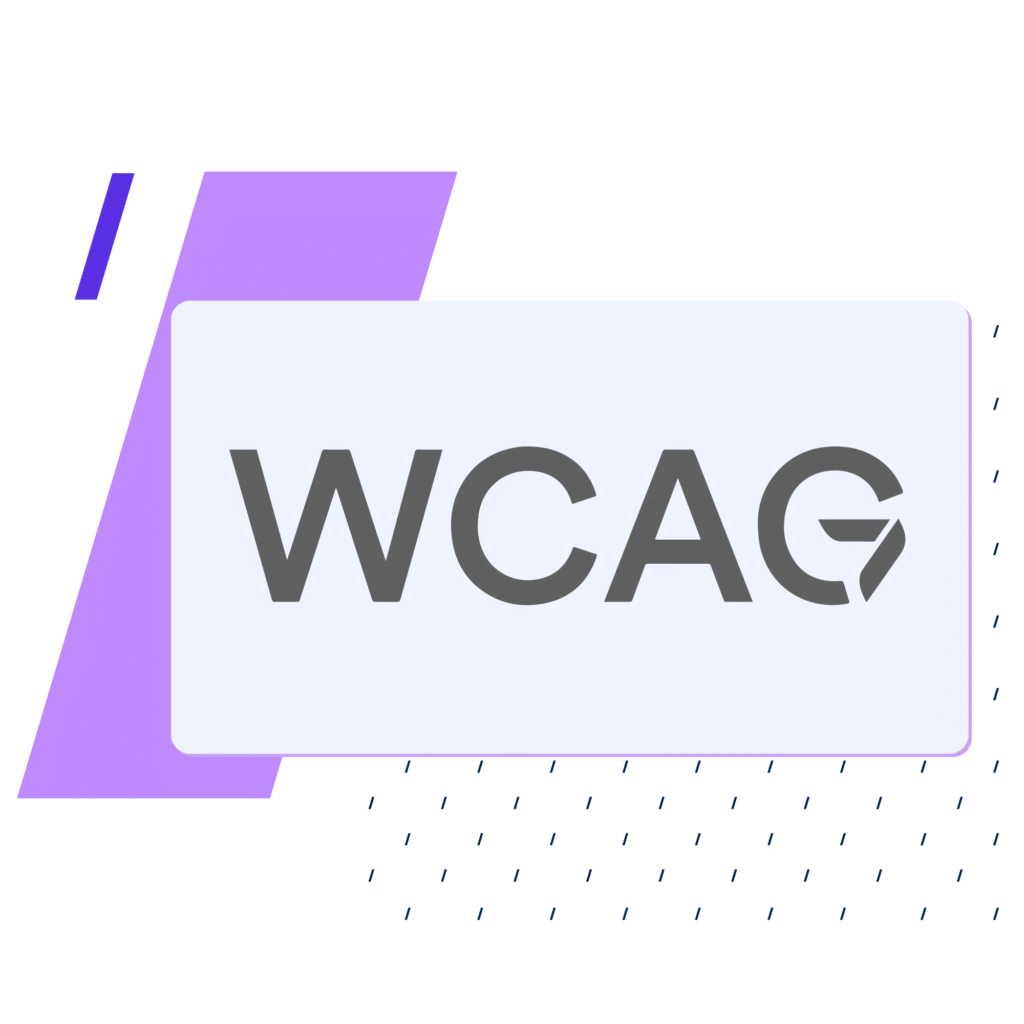
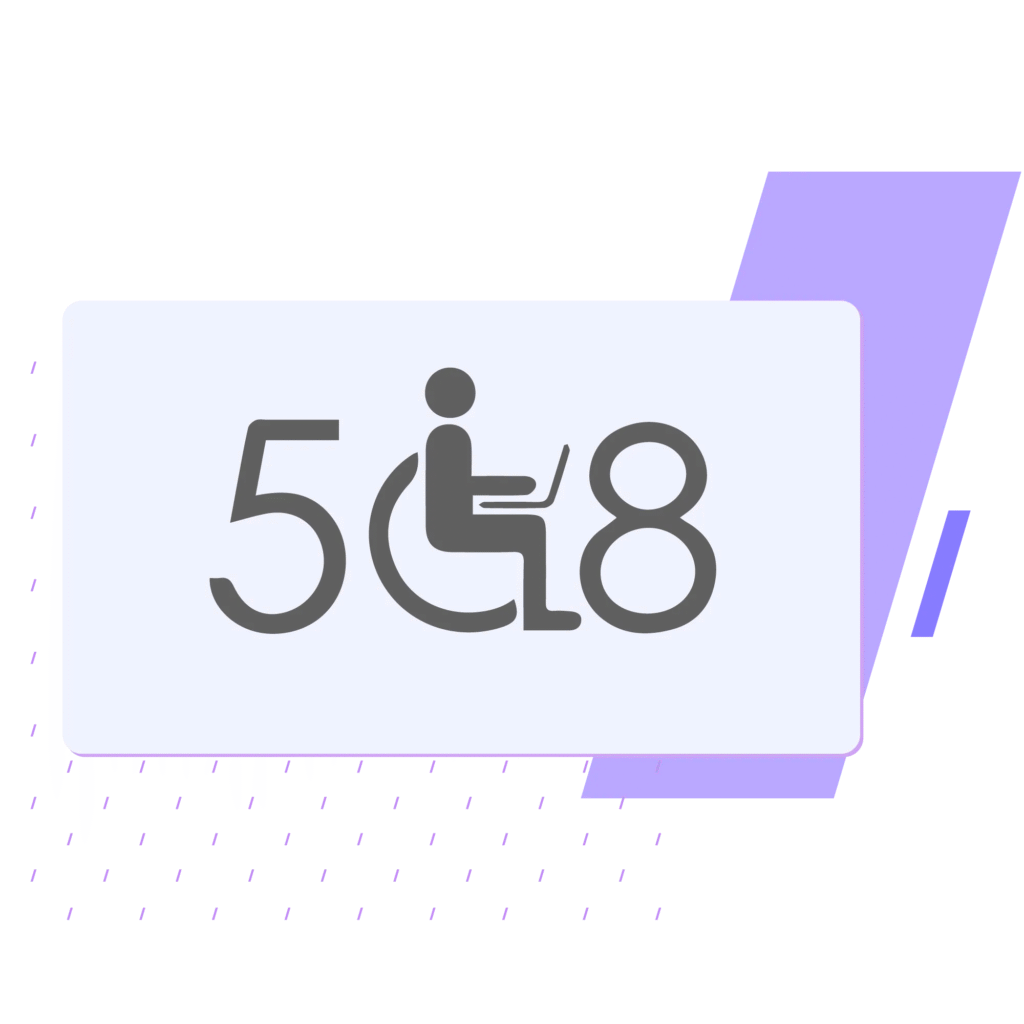
Section 508
Section 508 of the U.S. Rehabilitation Act applies to federal agencies and any organizations receiving federal funding. A document that meets WCAG 2.0 Level AA is considered Section 508 compliant.
If you work with or sell to the U.S. government, Section 508 compliance is mandatory.
PDF/UA (Universal Accessibility)
PDF/UA is the ISO standard (ISO 14289) for accessible PDFs. While tagging is the minimum requirement, PDF/UA also outlines proper reading order, alternative text for images, structure elements, and metadata for assistive technologies.
Doxibly ensures every remediated file meets or exceeds PDF/UA standards—making content readable, searchable, and fully accessible.
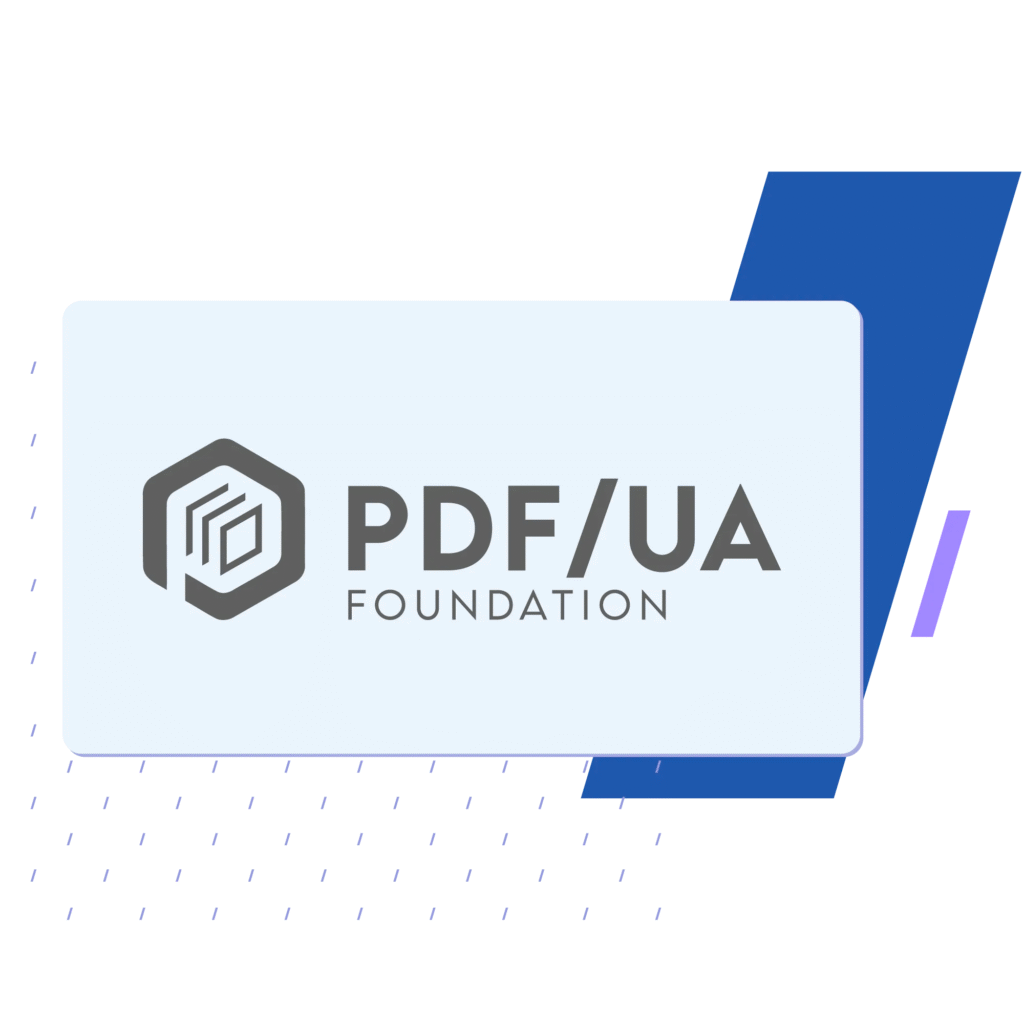
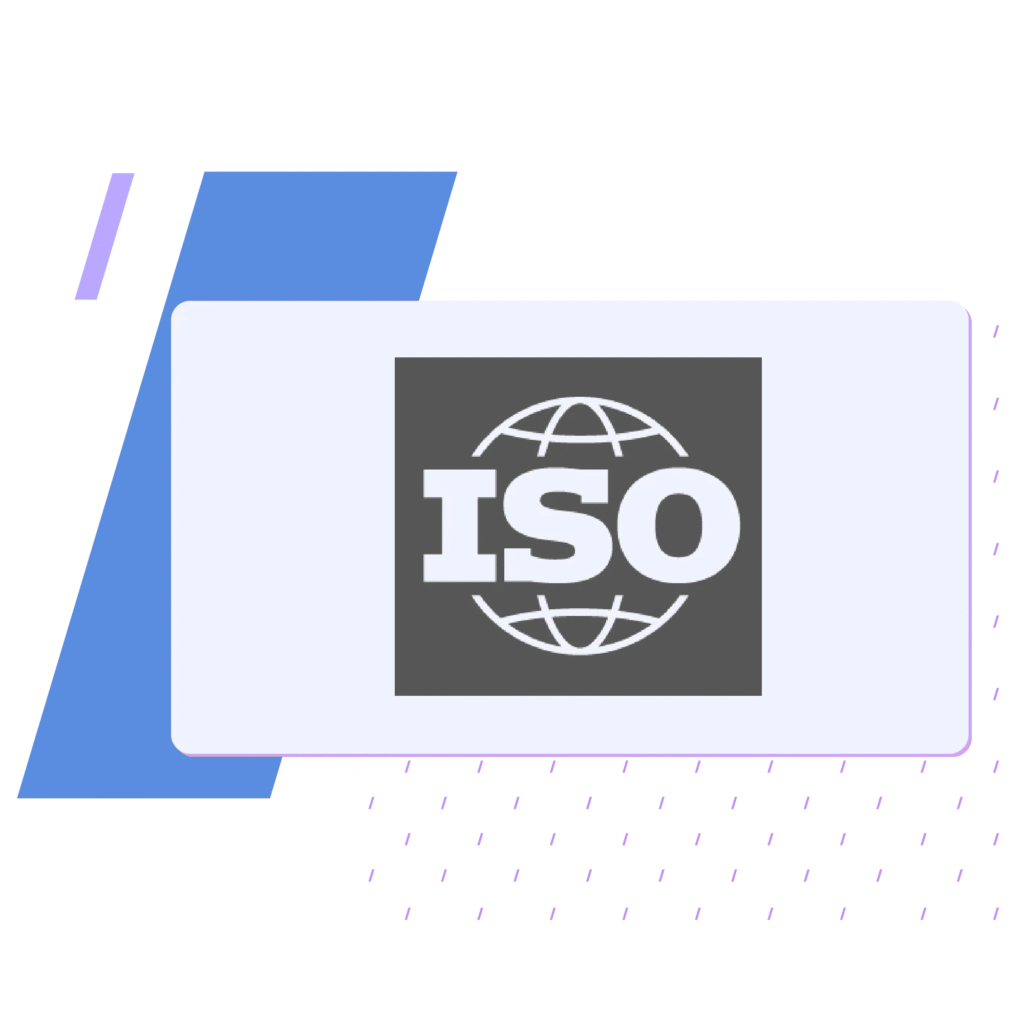
ISO 32000 – PDF Standard
ISO 32000 defines the technical format of PDF documents. While not focused exclusively on accessibility, it establishes foundational rules for proper PDF creation, ensuring accurate encoding of text, links, forms, and interactive elements.
HHS Accessibility Standards
The U.S. Department of Health and Human Services (HHS) requires healthcare organizations to meet Section 508 compliance for all digital and electronic resources. If your organization operates in the health sector, HHS standards are a critical accessibility requirement.
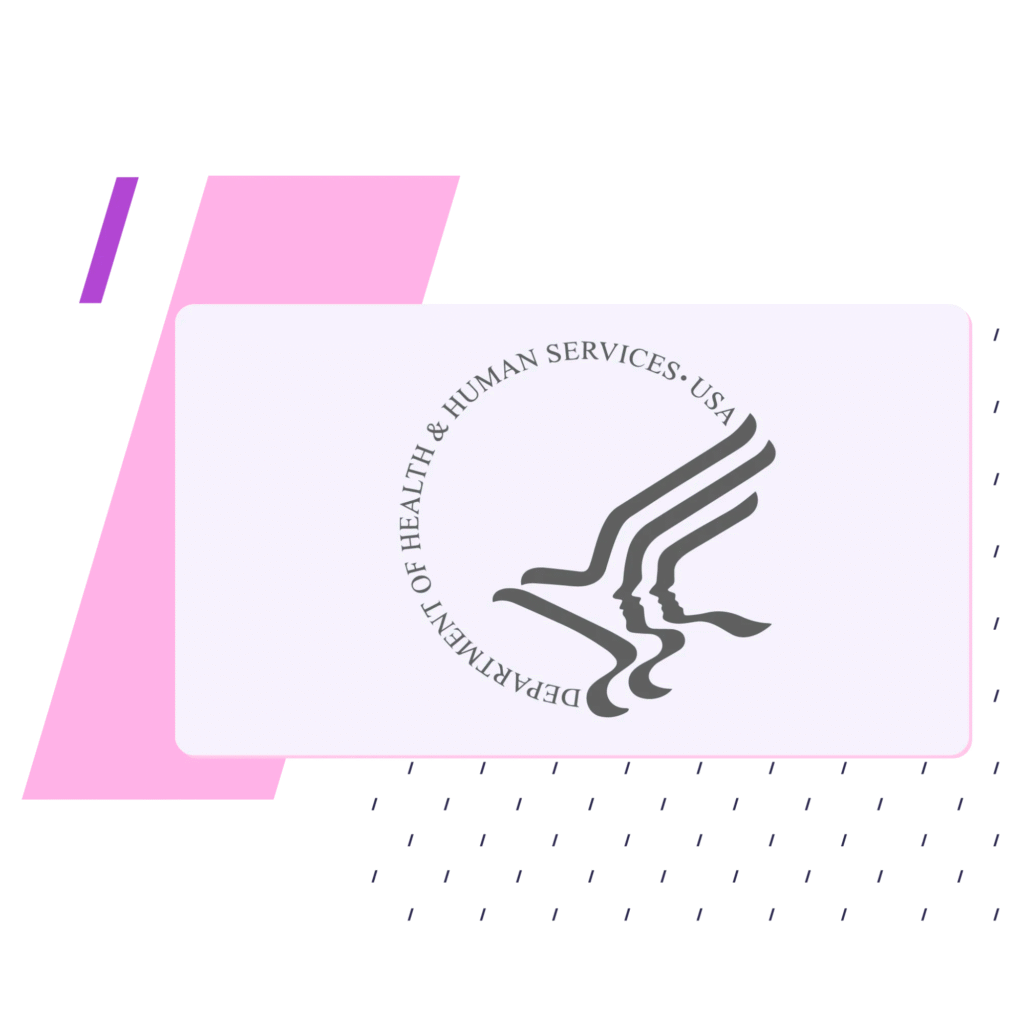

European Accessibility Act (EAA)
The European Accessibility Act (EAA) is a directive that unifies accessibility requirements across EU member states. It mandates that certain digital products and services—including documents—are accessible to individuals with disabilities.
If you offer services to European customers, the EAA ensures you’re not only legally compliant, but also equipped to serve a broader audience.
Ready to Deliver Inclusive, Accessible Experiences?
Whether you’re preparing for compliance or improving your digital reach, Doxibly is here to help. Our team of accessibility experts will guide you through every step of the remediation and reporting process.
Book a Meeting today to learn how we can help make your content accessible to all.
